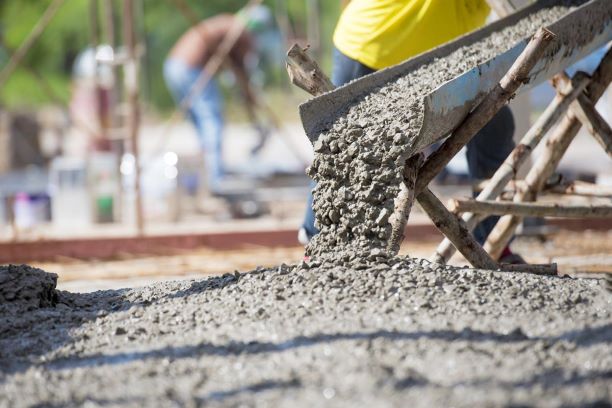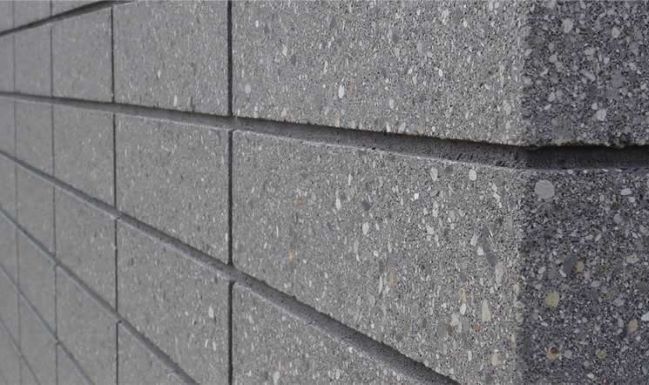Porous Concrete: Dhaka’s Solution for Water Logging & Rainwater Harvesting

“Porous Asphalt” is looked upon as a possible solution to mitigate the waterlogging problem in Dhaka city. It is also known as Porous Pavement, Porous Concrete, Pervious asphalt, Open-graded asphalt, etc.
A recent report by Dhaka South City Corporation (DSCC) and Dhaka WASA, identified about 48 waterlogging prone areas. Like many cities in India, Poor drainage pattern along with unplanned structure of Dhaka city and heavy monsoonal rainfall over a short period causes water logging problem in several cities. With the monsoon just right around the corner, the city will be frequenting waterlogging very soon. Generally, Waterlogging poses unbearable traffic congestion which disrupts the natural traffic flow and spikes the fuel consumption of vehicles.

Porous Asphalt allows for percolation of water through hot-mixed with reduced sand or fines, which allows water to drain through it. Rain seeps into layers of rock and soil beneath the surface, where the water is then naturally filtered. Because this material comes in the form of concrete, asphalt, and pavers, it helps to increase or conserve the groundwater level.
Porous asphalt surface mixes are also used instead of putting it over a stone recharge bed. It can be used as a thin surface layer on conventional highway pavements. Rainwater sinks directly into the surface and then hits the impermeable asphalt layer below forcing the water to drain off to the sides. This way is more suitable for us because it saves time and requires less capital.
Lessons for India
In the past few years under the current government, the rate of road construction has increased from 11.67 km/day in 2014/15 to 26.9 km/day in 2017-18. This rate is supposed to shoot up 30-32 km/ day according to government announcements. Studies and real-life examples are sufficient to know that roads do affect water movements, sedimentation, and often transport pollutants to drains that end up in rivers.
In the light of these ill effects, porous/pervious concrete can offer many advantages.
Water that runs off of porous paved surfaces percolates through the soil, filtering out pollutants and helps in recharging groundwater supplies.
It can also save a huge amount of money which is used for road maintenance every year and, Stormwater management saves money too. Adopting porous asphalt can reduce the maintenance cost as porous asphalt pavement surface cost approximately the same as conventional asphalt while mitigating water logging as well. As a result, the authorities need not allocate budget for improving drainage system separately.
They form a cellular grid system that can support interstitial plant growth. The flexible nature of the material allows it to withstand foot traffic and even vehicles while protecting the roots of plants growing in the gaps.
They can be made using recycled material too. Companies in US, like Timbertech made Permeable Plastic Pavers, others use recycled stone, rubber, and tires.
Furthermore, Porous asphalt is fast and easy to construct. It is suitable for every climate and geography. In comparison to the traditional dense-graded pavement, porous pavement is typically installed as an urban “best management practices” (BMPs).









